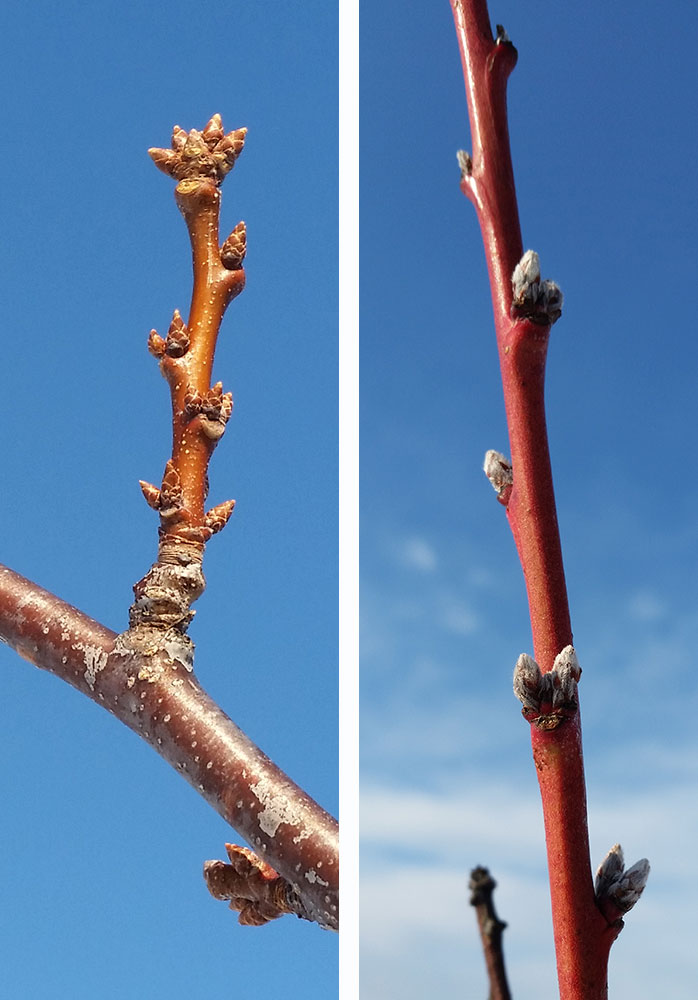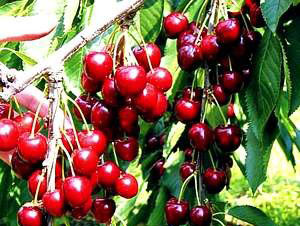

For the first three years until fruiting begins, the aim of pruning is to develop the shape by tying in the main stem, or leader, and shortening new sideshoots, or laterals, to three leaves beyond their basal cluster of leaves.The simplest form of fruit tree is a cordon, a single, supported straight stem studded with short fruiting spurs that receive most of the plant's vigour and light.Avoid tip bearing varieties when buying a tree to shape, as it is necessary to spur prune these plants to keep the shape. There are numerous ways trees can be trained, according to the type of fruit and the space available.If you want the tree to grow taller, leave the leaders and cut back lateral branches leaving about six buds.If the tree has reached the desired height, cut back the leaders (the new growth at the tip of each branch) by about two-thirds.

Branches that are growing into the centre of the tree can also be cut out, as prevents sunlight from reaching it.


Some types of trees require special care when pruning to prevent disease, pests, and growing problems, so always research your tree's specific requirements before pruning it. Avoid cutting the leader, or the vertical stem at the very top of the trunk, on a young tree. Prune back any crossing branches or branches that grow in toward the middle of a young tree, and cut off lower branches on the trunk as the tree grows to raise the crown. Properly pruning young trees is especially important so they grow to be healthy and well structured. Cut close to the branch collar, the swollen area at the base of the branch, when pruning. You can also remove lower branches to raise the crown if you need more clearance under the tree. Thin some of the branches in an overcrowded tree to allow more light and air to reach the crown. You should also remove any branches that are bigger in diameter than the trunk. Remove any suckers, which look like small stems, that grow up from the ground or base of the trunk. When pruning, aim to remove any dead, broken, or diseased branches, as well as any downward-growing limbs or branches that are entangled or crossed. For thicker branches, you can use a small chainsaw. You’ll need pruning shears to cut branches less than 1 inch (2.5 cm) in diameter and a hand saw to remove branches up to 4 inches (10 cm) in diameter. The best time to prune a tree is during the dormant season, or late winter through early spring. Pruning a tree can improve its appearance, prevent pests and disease, and help the tree grow strong and healthy.


 0 kommentar(er)
0 kommentar(er)
